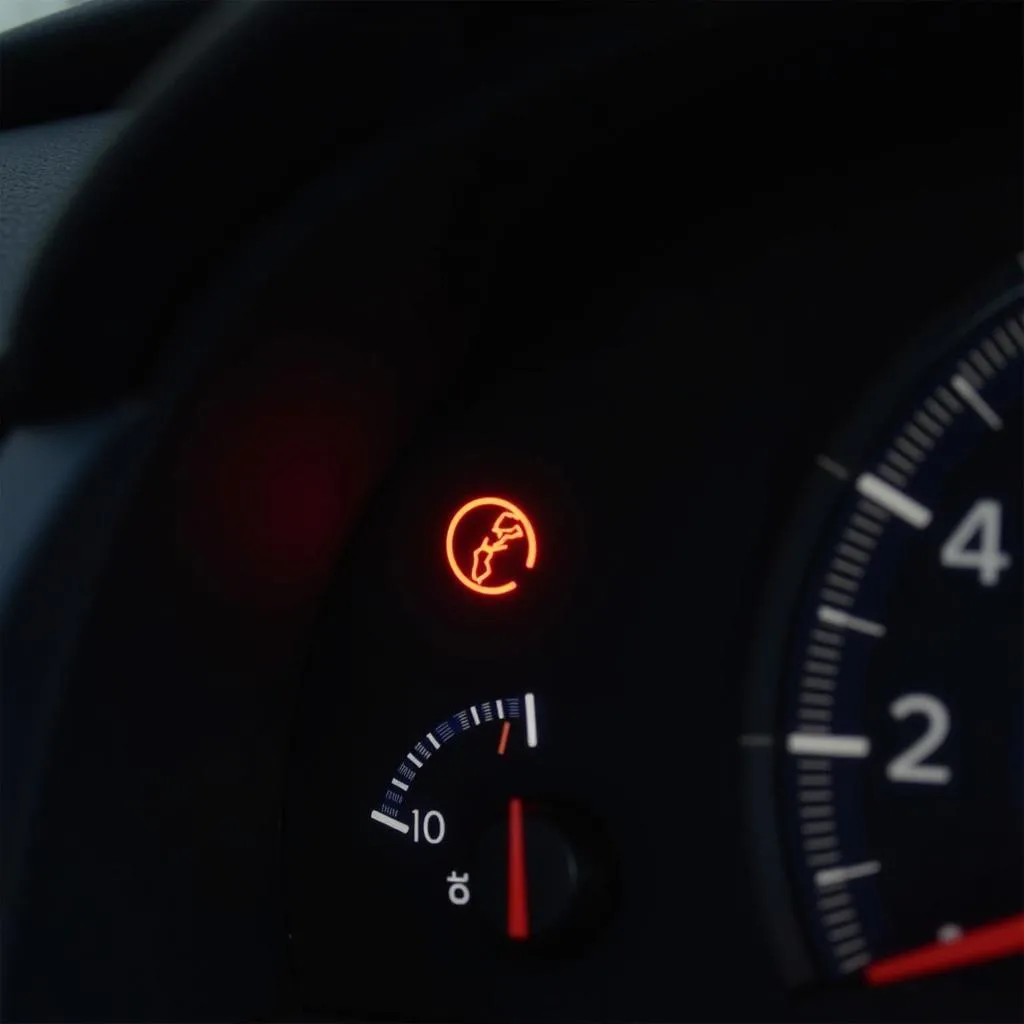Dealing with a triggered anti-theft system can be a real headache. Your car might refuse to start, the alarm could be blaring, and you’re left stranded. Don’t panic! This comprehensive guide will walk you through the common causes of anti-theft system activation and provide you with practical steps on how to reset it.
Why is My Car Anti-Theft System Activated?
Understanding why your anti-theft system is acting up is the first step to resolving the issue. Here are the most common culprits:
- Weak or Dead Car Battery: Your anti-theft system needs power to function correctly. A low battery can disrupt its operation, triggering false alarms or immobilizing your vehicle.
- Faulty Key Fob Battery: Similarly, a dying key fob battery can disrupt the communication between your key and the vehicle’s immobilizer system, leading to a lock-out.
- Damaged Key Fob or Ignition Cylinder: Physical damage to your key fob or the ignition cylinder can interfere with the anti-theft system’s ability to recognize your key.
- Malfunctioning Sensors: Modern cars are equipped with sensors that monitor doors, hood, and trunk status. A faulty sensor can mislead the system into thinking a break-in is in progress.
Identifying an Anti-Theft System Problem
Look out for these telltale signs that point to a potential issue with your car’s anti-theft system:
- Rapidly Flashing Security Light: This is a universal indicator that your car’s security system is engaged or malfunctioning.
- Engine Cranks but Won’t Start: If you hear the engine turning over but it fails to start, the immobilizer might be preventing fuel delivery or ignition.
- Clicking Sounds When Starting: This can indicate an issue with the starter motor, potentially related to a security system malfunction.
- Locked Out with a Working Key: If your key fob doesn’t unlock the doors or sets off the alarm instead, it could be a sign of a synchronization problem.
Tools and Equipment You Might Need
Before you begin the reset process, gather these items that might come in handy:
- Your Car Manual: This is your go-to resource for vehicle-specific instructions and anti-theft system details.
- Spare Key Fob: If available, having a spare key can be a lifesaver in case of key fob battery issues.
- Jumper Cables: Useful for boosting your car battery if it’s dead or weak.
- Voltmeter: To check your car battery voltage and ensure it’s within the healthy range.
How to Reset Your Anti-Theft System
Resetting your car’s anti-theft system can vary significantly depending on the make, model, and year of your vehicle. Here’s a general approach that might work for many cars. Always refer to your car manual for model-specific instructions:
1. The Battery Disconnect Method:
- Disconnect the Battery: Locate your car battery and carefully disconnect the negative (-) terminal.
- Wait: Leave the battery disconnected for at least 15-20 minutes. This allows the system to fully discharge and potentially reset.
- Reconnect the Battery: Reconnect the negative terminal, ensuring a secure connection.
- Test the System: Try starting your car and check if the security light behaves normally.
2. Key Fob Resynchronization:
- Consult Your Manual: Your car manual will have specific instructions on how to resynchronize your key fob to the car.
- Common Method: This often involves inserting the key into the ignition, turning it to the “on” position (without starting the engine), and pressing a sequence of buttons on your key fob.
3. Using a Diagnostic Scanner:
- Professional Help: For more complex anti-theft system issues, consider seeking assistance from a qualified automotive technician or using a professional-grade diagnostic scanner.
- Cardiagtech: Tools like those offered by Cardiagtech can help diagnose and potentially reset more complicated anti-theft system problems.
Frequently Asked Questions
Q: How often does an anti-theft system need to be reset?
A: Ideally, you shouldn’t need to reset your anti-theft system regularly. Frequent resets can indicate an underlying problem that needs to be addressed.
Q: Can I reset the anti-theft system myself?
A: While some resets can be performed using the steps above, complex issues might require professional help. It’s essential to consult your car manual and proceed with caution.
Q: My car key is damaged. What should I do?
A: Contact your car dealership or a qualified locksmith specializing in automotive keys. They can help cut and program a new key for your vehicle.
Q: What if the reset doesn’t work?
A: If you’ve tried the basic resets and are still experiencing problems, it’s recommended to contact a certified mechanic or your dealership for further diagnosis and repair. Advanced diagnostic tools might be necessary to pinpoint the root cause of the issue.
Need More Help?
Are you facing persistent anti-theft system troubles? Cardiagtech offers a range of diagnostic products that can help pinpoint the issue and get you back on the road. Visit Cardiagtech to learn more about our services and find a solution that’s right for you.
Remember, while this guide provides general information, always refer to your vehicle’s owner’s manual for specific instructions and safety precautions before attempting any repairs or resets on your car’s anti-theft system.
If you’re looking for more specific guidance on resetting the anti-theft system for a particular car model, check out our other helpful resources:
- How to Reset the Anti-Theft System on a Chevy Malibu
- Resetting the VW Routan Anti-Theft System
- A Guide to Resetting the Anti-Theft System on a Ford Mustang
- Ford Ranger Anti-Theft System Reset
We’re here to help you navigate the complexities of car electronics and diagnostics. Feel free to reach out to the CARDIAGTECH team for personalized assistance and expert advice.

